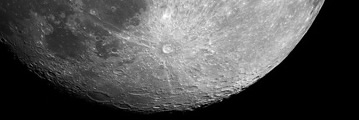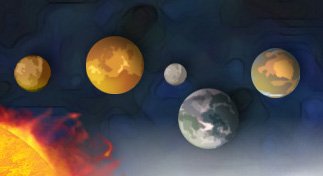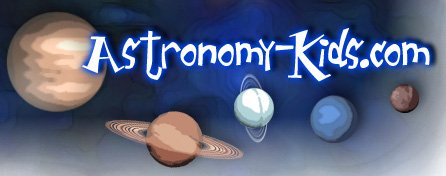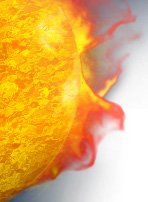The Moon
It's not just a big night light!

The Moon is the only place outside the Earth's atmosphere that has been visited by humans. In 1969, astronauts Neil Armstrong and Edwin "Buzz" Aldrin of the Apollo 11 space mission landed there, becoming the first men in history to set foot on the lunar surface.
The Silent Surface
The lunar surface is a very dry and desolate place. There are no earthquakes and no wind, so the terrain is sculpted primarily by meteor and asteroid impacts. Some of these impact craters have been present for billions of years.
Only one side of the lunar surface is ever visible from Earth, due to our planet's strong gravitational pull, which prevents the Moon from spinning freely on its axis. The visible region of the lunar surface is very rocky and heavily cratered, and is called the Uplands. The darker areas of the lunar surface are smooth and have fewer impact craters. These shadowy regions are called "Maria," which is Latin for "sea." Scientists believe these areas were once seas of water.
Many of the lunar rocks brought back for analysis have contained volcanic material. Scientists believe the lunar surface had several active volcanoes billions of years ago.
Water at the South Pole!
Lunar orbiters have recently discovered the presence of water ice in the shadowy regions of the lunar surface. The existence of water may allow astronomers to establish a lunar base there, which could serve as temporary housing for future astronauts!
It's Not Just a Night Light
Unlike some of our planetary neighbors, such as Jupiter, the Moon is the Earth's only natural satellite, but it has played an important role in the formation of our planet. For instance, our Moon's gravitational pull is the reason why our seas have tides. Tides help carry warmer water to areas of colder climate. They also assist with the formation of coastal landscapes.
Return to the kids Solar System page!
|




